Vietnam is known and admired by the world community in many aspects. But perhaps the first impressive image of Vietnam is the National Flag and National Anthem.
From the headquarters of the Association of Southeast Asian Nations (ASEAN) to the headquarters of the United Nations, from countries and territories having diplomatic relations with Vietnam to domestic or international events... the image of the National Flag and the majestic melody of the National Anthem always appear, always being the pride that goes with the years of every Vietnamese citizen.
The Vietnamese national flag and national anthem were both born in special historical circumstances. On the eve of the August Revolution in 1945, the sparkling five-pointed yellow star appeared in the middle of a rectangular red flag. Under the leadership of the Party, headed by the great President Ho Chi Minh , our people created the historic Nghe Tinh Soviet movement, and then the movement against French colonialism and Japanese fascism broke out across the country. "The South goes first and comes last", the Southern Regional Party Committee decided to revolt on November 23, 1940. The uprising was led by the Southern Regional Party Committee using the red flag with a yellow star as a command, urging the masses of millions of people as one to rise up and overthrow the colonial, fascist and feudal yoke, determined to regain independence and freedom for the nation. The teacher - revolutionary soldier Nguyen Huu Tien, author of the National Flag and of the poems full of love for the country, has entered the memories of people through many generations.
Hey you red blood yellow skin
Let's fight under the sacred flag of the Fatherland
The flag is stained with blood for the country.
The bright yellow star of the race
Get up, the spirit of the country is calling us.
Dear scholars, workers, farmers, merchants and soldiers,
Unite like the five-pointed golden star…
The streets in Ha Tinh are brightly decorated with national flags to celebrate the 78th anniversary of National Day (September 2, 1945 - September 2, 2023). Photo: PV
The red flag with a yellow star fluttering in the Southern Uprising became a shining symbol of the Vietnamese spirit, of the desire for freedom and independence, signaling the "end of the colonial regime" in Vietnam. In the context of the increasingly strong revolutionary movement, the Viet Minh Front was born with a series of issues. One of the most urgent and important tasks at that time was "After expelling the French and Japanese imperialists, the People's Government of the Democratic Republic of Vietnam will be established, taking the red flag with a yellow star as the national flag...".
The National Congress held in Tan Trao, Tuyen Quang decided that the Vietnamese national flag would be a red background with a five-pointed yellow star in the middle. On September 2, 1945, in the autumn sky, Hanoi was filled with red flags with yellow stars, people were jubilant, President Ho Chi Minh solemnly read the Declaration of Independence, giving birth to the Democratic Republic of Vietnam, the first workers' and peasants' state in Southeast Asia (now the Socialist Republic of Vietnam). On September 5, 1945, President Ho Chi Minh, on behalf of the provisional government, signed Decree No. 5-SL establishing the Vietnamese national flag as a red flag with a yellow star.
In the two long resistance wars against foreign invaders and in the implementation of noble international duties as well as in the current cause of renovation, the red flag with yellow star has become sacred, the pride of every Vietnamese citizen. The red flag with yellow star also inspires artists to compose many songs and musical works that last through the years...
The more proud we are of the National Flag, the more proud we are of the National Anthem. Musician Van Cao, one of the "big trees" of modern Vietnamese music, has left behind many famous songs that have left a strong impression, such as: Tien ve Ha Noi, Truong ca song Lo, Mua xuan dau ... But the pinnacle of the creative career of this talented and enthusiastic musician can be said to be Tien quan ca. This immortal song was composed by Musician Van Cao at the end of 1944, when the August Revolution had not yet broken out. Tien quan ca, when born, became the official song of the Viet Minh Front. Because it has all the elements, especially expressing the spirit, will, and aspiration for independence and freedom of the nation, Tien quan ca was chosen as the National Anthem by the National Congress held in Tan Trao, Tuyen Quang.
Uncle Ho read the Declaration of Independence at Ba Dinh Square on September 2, 1945. (Photo: Archive)
During the boiling days of the August Revolution in 1945, the majestic melody of Tien Quan Ca resounded throughout the villages and towns in all three regions of the North, Central and South. In particular, at the historic moment when President Ho Chi Minh read the Declaration of Independence on September 2, 1945, the National Anthem was solemnly performed, touching people's hearts. Many classes of people joined in the rhythm of "The Vietnamese army marches...", breaking the chains of slavery and the humiliation of losing the country, holding their heads high as they turned to a new page of history. The August Revolution succeeded, and the 1st National Assembly approved Tien Quan Ca as the National Anthem of Vietnam. The 1946 Constitution also clearly stated: "The National Anthem is the Tien Quan Ca".
Musician Van Cao is the author of “Tien Quan Ca”. Photo from the internet.
After the country achieved peace and reunification, a contest to compose a new National Anthem was held from April 1981 to June 1983, attracting the attention of all classes of people, especially musicians. Inspiration surged, a series of musical works were born, expressing the enthusiasm and creativity of musicians about their love for the country, praising the Fatherland, but no song surpassed and was as worthy as Tien Quan Ca.
Nearly eight decades have passed, but the vitality of the “sacred soul of the mountains and rivers” of Tien Quan Ca remains intact, living forever with the nation. It is no coincidence that the Vietnamese National Anthem has become an attractive topic, especially for music researchers at home and abroad. More than 13 years ago, through a reader survey, the prestigious US-based electronic news site (Cracked.com) ranked Tien Quan Ca - the Vietnamese National Anthem in first place among the most heroic national anthems in the world. What a pride!
Spring Treasure
Source


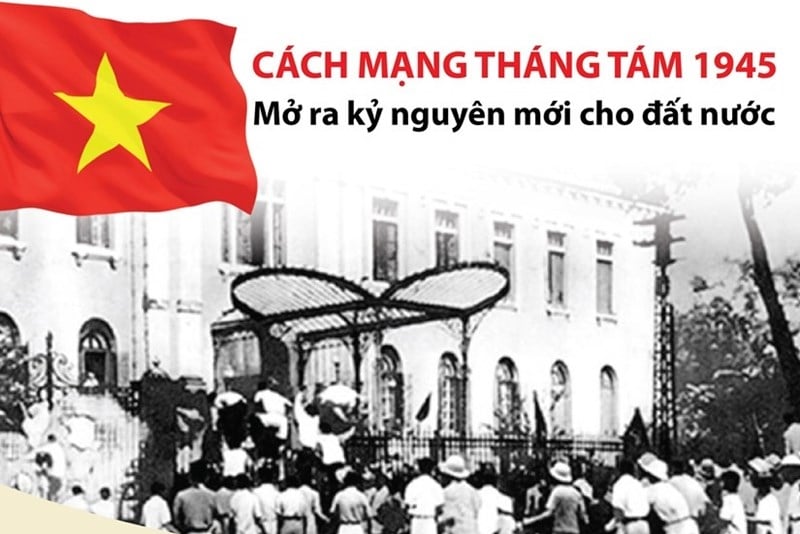
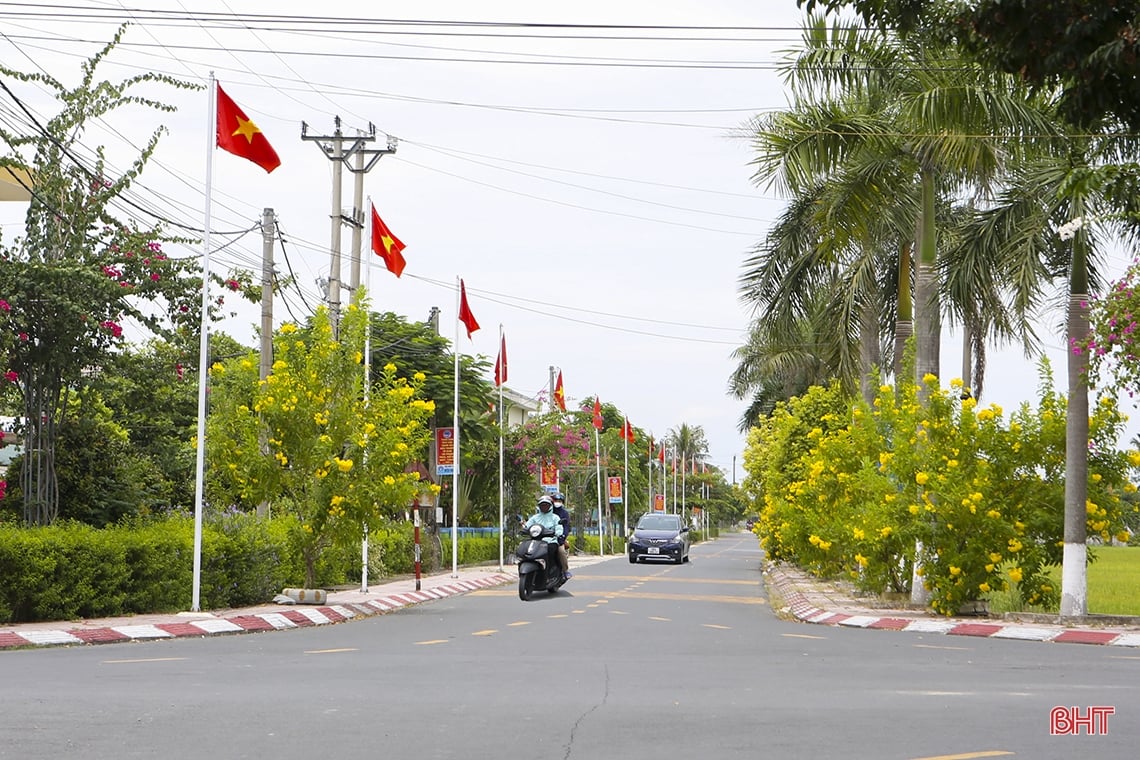
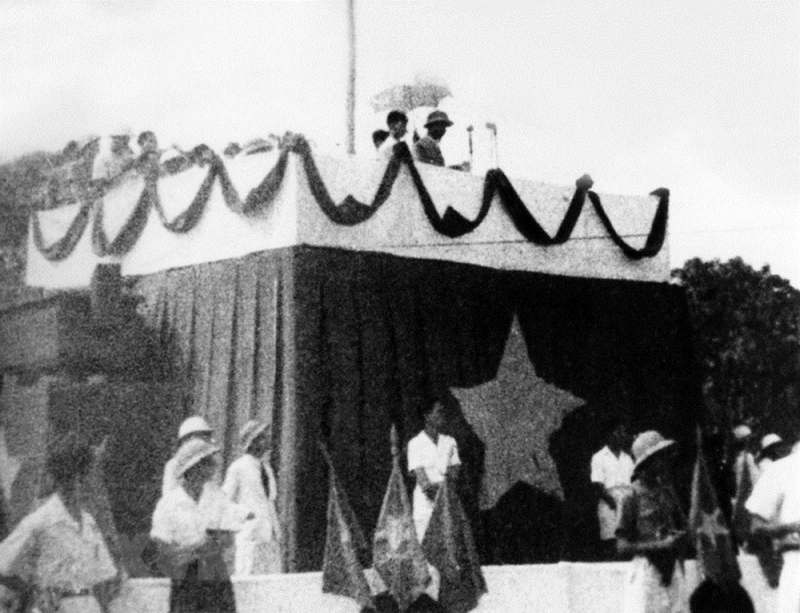
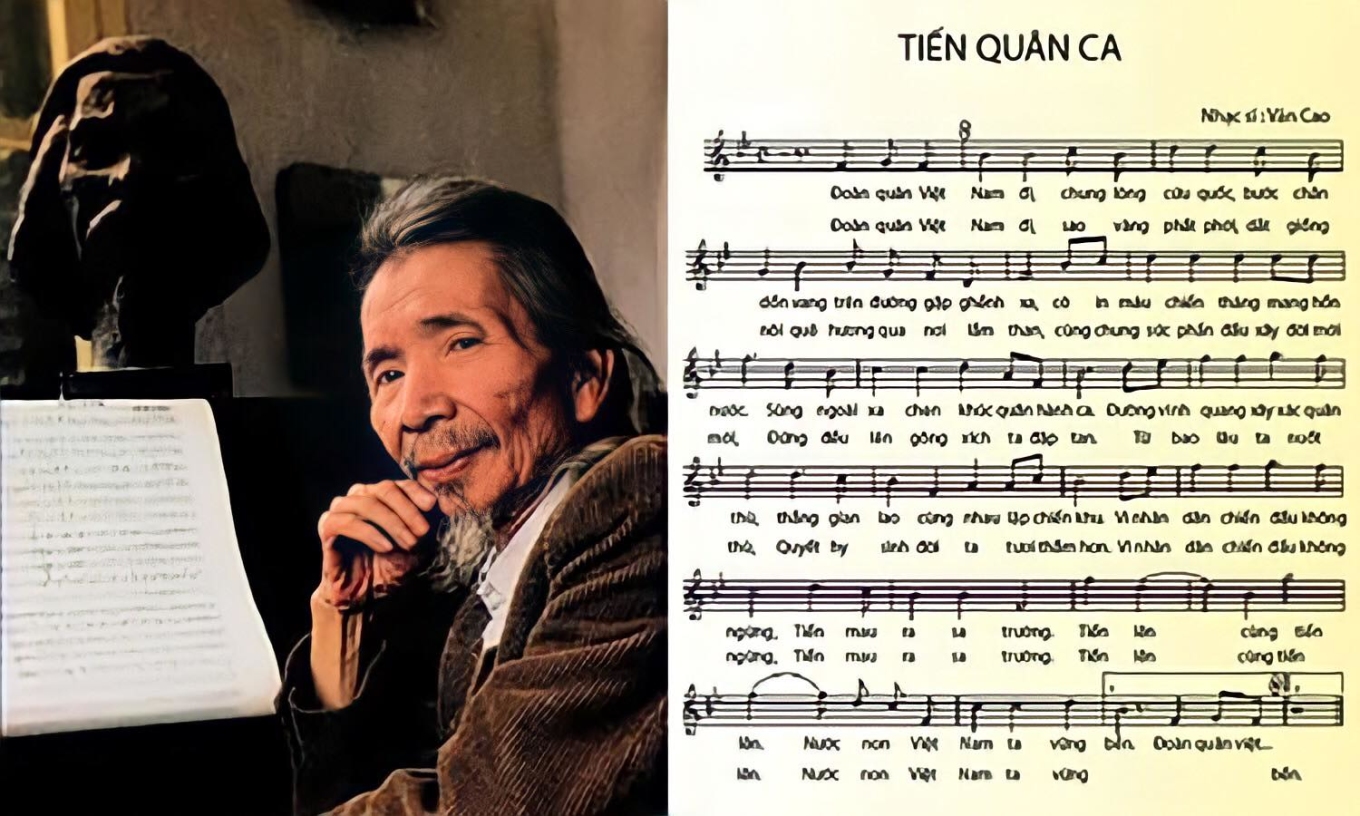


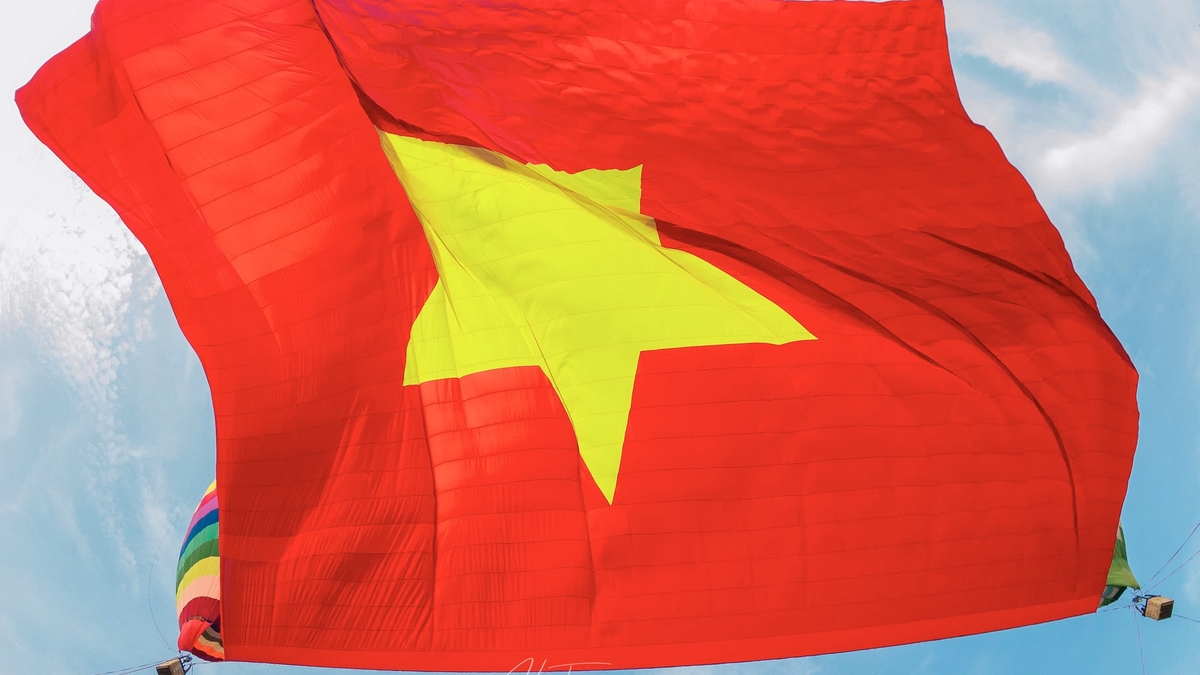


![[Photo] Prime Minister Pham Minh Chinh inspects the progress of the National Exhibition and Fair Center project](https://vphoto.vietnam.vn/thumb/1200x675/vietnam/resource/IMAGE/2025/5/19/35189ac8807140d897ad2b7d2583fbae)




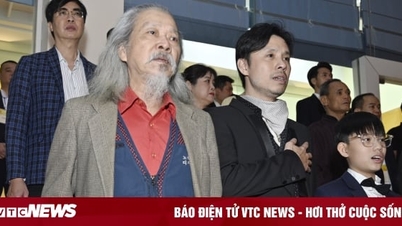






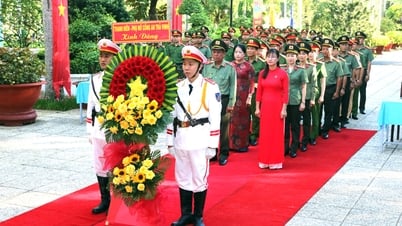


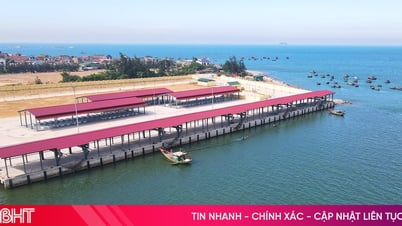






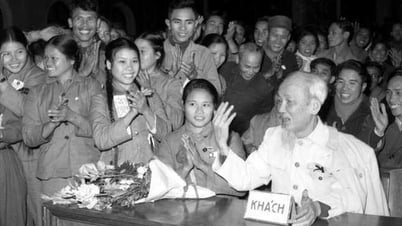


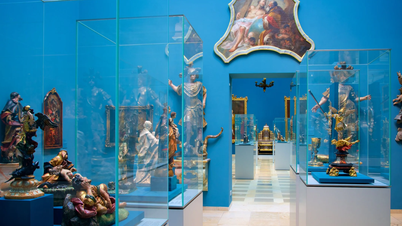


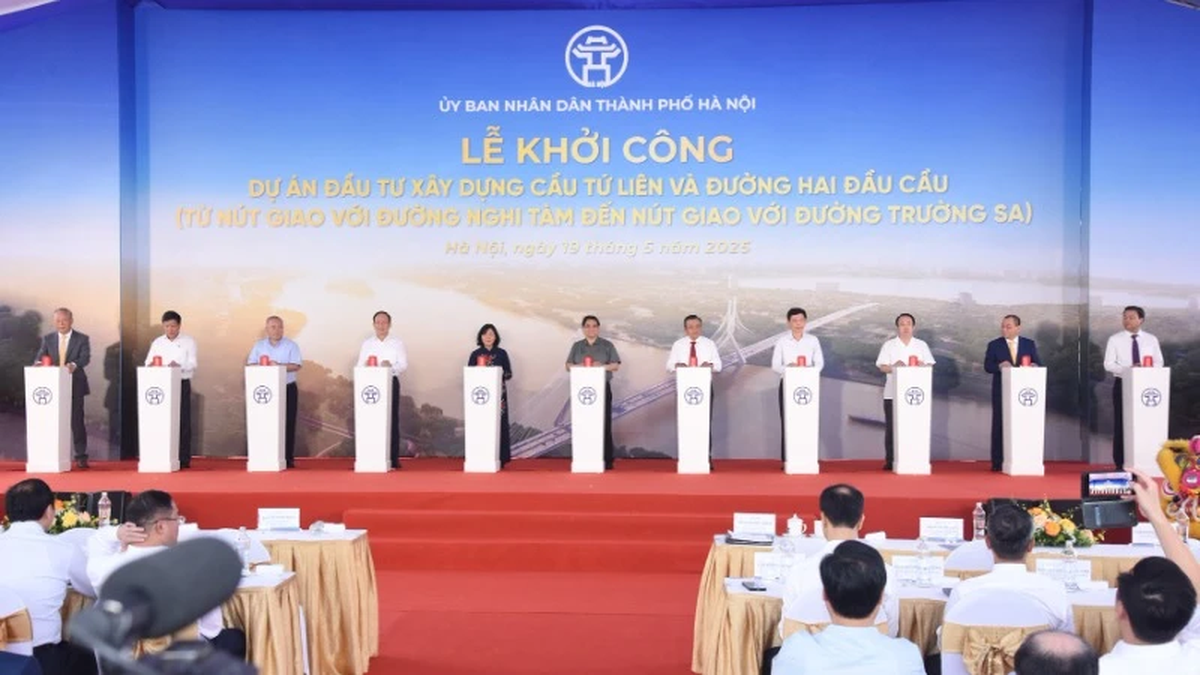


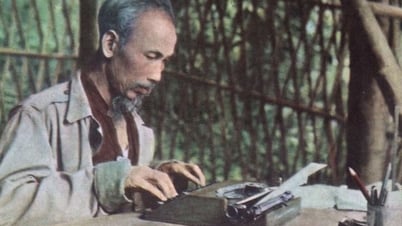

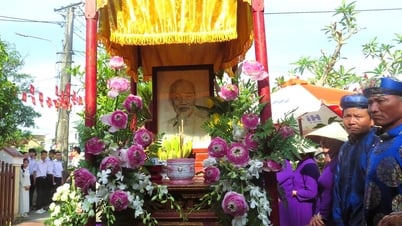


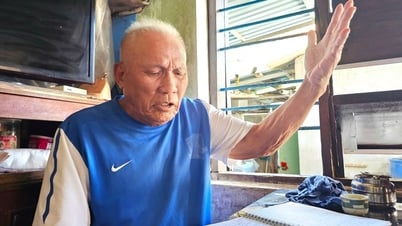
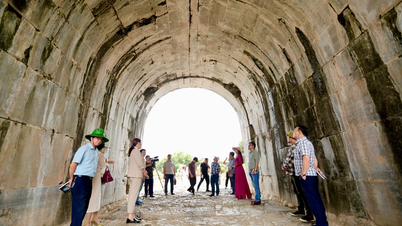



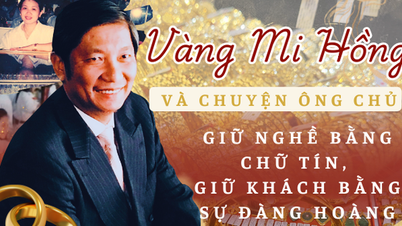


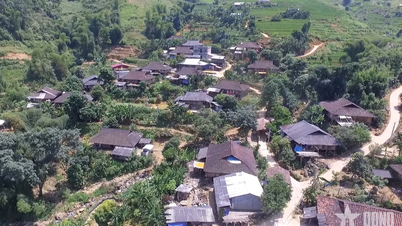

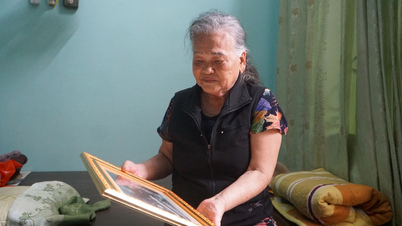
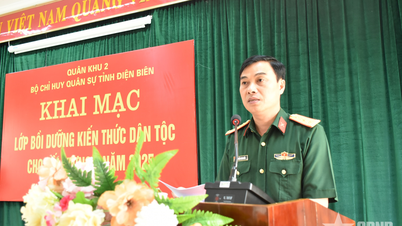
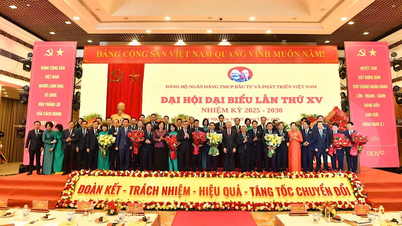

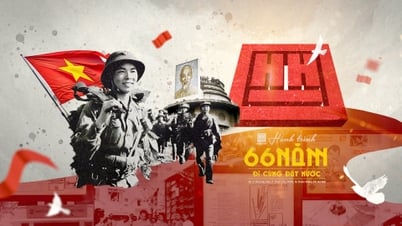




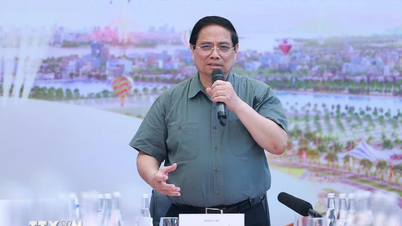



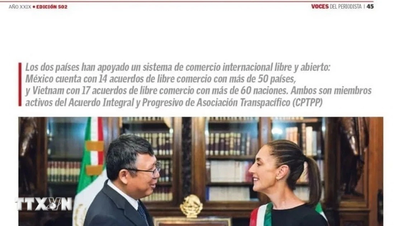
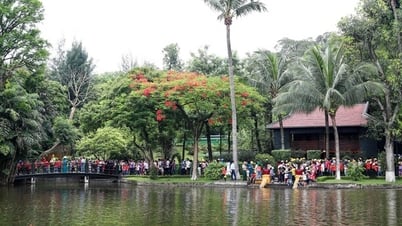


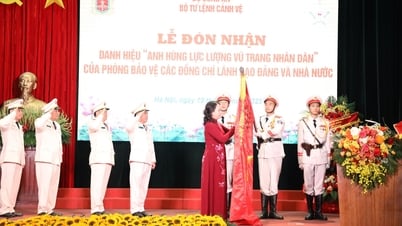



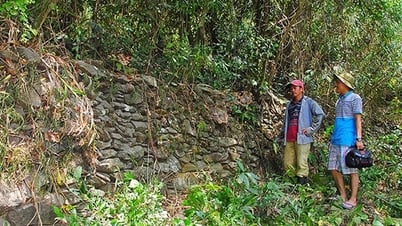
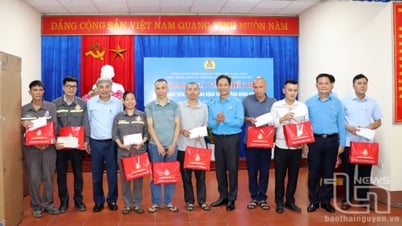

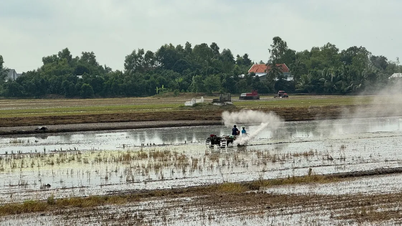



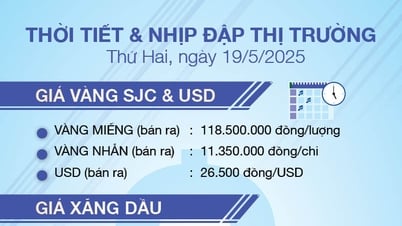




![[VIDEO] - Enhancing the value of Quang Nam OCOP products through trade connections](https://vphoto.vietnam.vn/thumb/402x226/vietnam/resource/IMAGE/2025/5/17/5be5b5fff1f14914986fad159097a677)
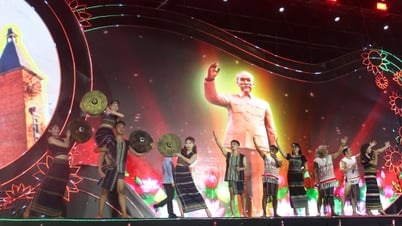

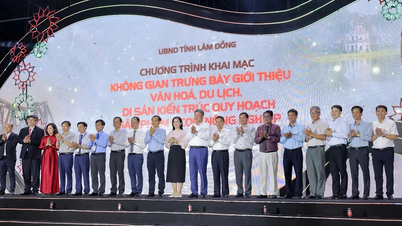




Comment (0)